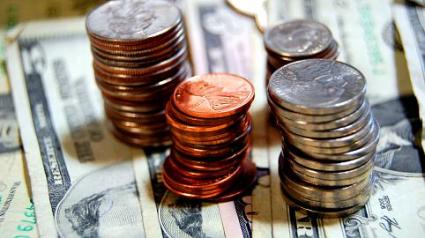Trends & Issues in Capital Expenditure
The capital expenditures result in creation of physical and financial assets such as land, building, machinery, infrastructure such as road and bridges etc. Similarly, these expenditures also result in the reduction in government liability such as paying back the loans, increasing financial assets by investments in shares etc., giving loans to other states and countries etc. We note that most capital expenditures are incurred on long period development programmes, real capital assets and financial assets.
Major components of Capital Expenditure
Earlier the capital expenditure was categorised into plan and non-plan expenditure but since government has scrapped this artificial distinction, the following are components of Capital Expenditure as per draft general financial rules:
- Any significant spending on constructing a permanent physical asset
- Expenditure on a temporary asset in cases specifically authorised by the President of India, on the advice of the Comptroller and Auditor General of India
- Grants-in-aids by the Centre to States or government entities would also be considered as capital expenditure
Current Trends in Capital Expenditure
In last few decades, the central government has tried to rationalize its revenue expenditures and increase its capital expenditures. The total capital expenditure in 1991-92 was Rs. 25612 Crore. Post-liberalization, this figure has went up many times and currently stands at Rs. 221,246 Crore in 2016-17, thus registering almost 10 times increase.
Why Capital Expenditure is preferred?
There are several reasons. First, these kinds of expenditures create assets and reduce liabilities. For example, the too much focus on investment in key projects in sectors such as roads, railways, irrigation and power, would lead to creation of several capital assets for the government. Second, such investments have huge potential to generate long term capital gains also. Third, it becomes moral obligation for the government to increase capital expenditure to boost growth.
Government Policy in Capital Expenditure
Following facts define the current government policy on capital expenditure:
- In Budget 2017-18, Rs 3.96 lakh crore was allocated to the infrastructure sector
- The total capital and development expenditure of Railways has been pegged at Rs 1,31,000 crore
- For transportation sector as a whole, including rail, roads, shipping, provision of 2,41,387 crores has been allotted
- In the road sector, the budget allocation for the National Highways is Rs 64,000 crore
- Government has planned to provide high speed broadband connectivity on optical fibre in more than 1,50,000 gram panchayats, under BharatNet project. This is again a major capital asset creation for the government, and will boost government’s long term capital gains.
- Investment on DigiGaon initiative launched to provide tele-medicine, education and skills through digital technology
- Government has planned to set up strategic crude oil reserves at 2 more locations, namely, Chandikhole in Odisha and Bikaner in Rajasthan
- Government plans to invest high in the development of the Solar Parks and Ultra Mega Solar Power projects, and wind energy sector
Issues and Concerns
Growing grant dependence
Grants and loans from central government to state governments and municipalities and gram panchayats, has created a situation where the state governments and state municipalities are increasingly dependent on central fund for capital asset creation. This is creating a dependency syndrome, which in unacceptable and unsustainable for future.
Inadequate availability of fund with government for fast Infrastructure growth
Government lacks funds and thus is unable to spend high in capital asset creation. Hence, it requires central government to work in Public Private Partnership for developing high quality infrastructure in India


